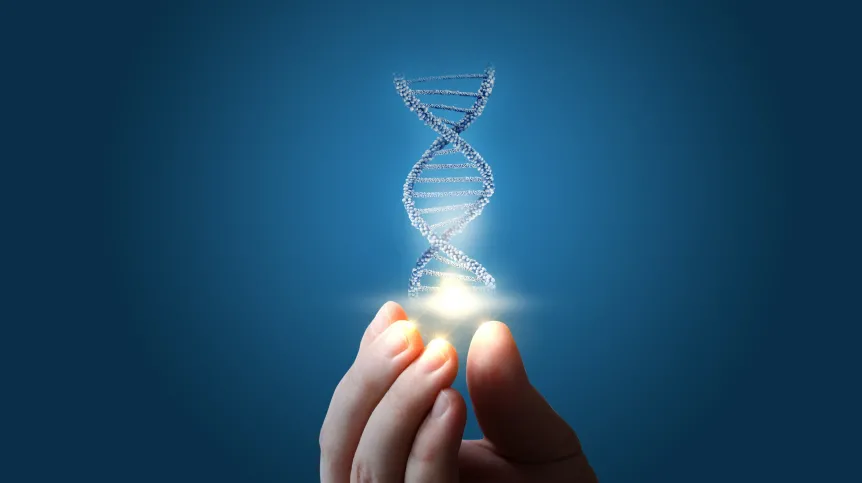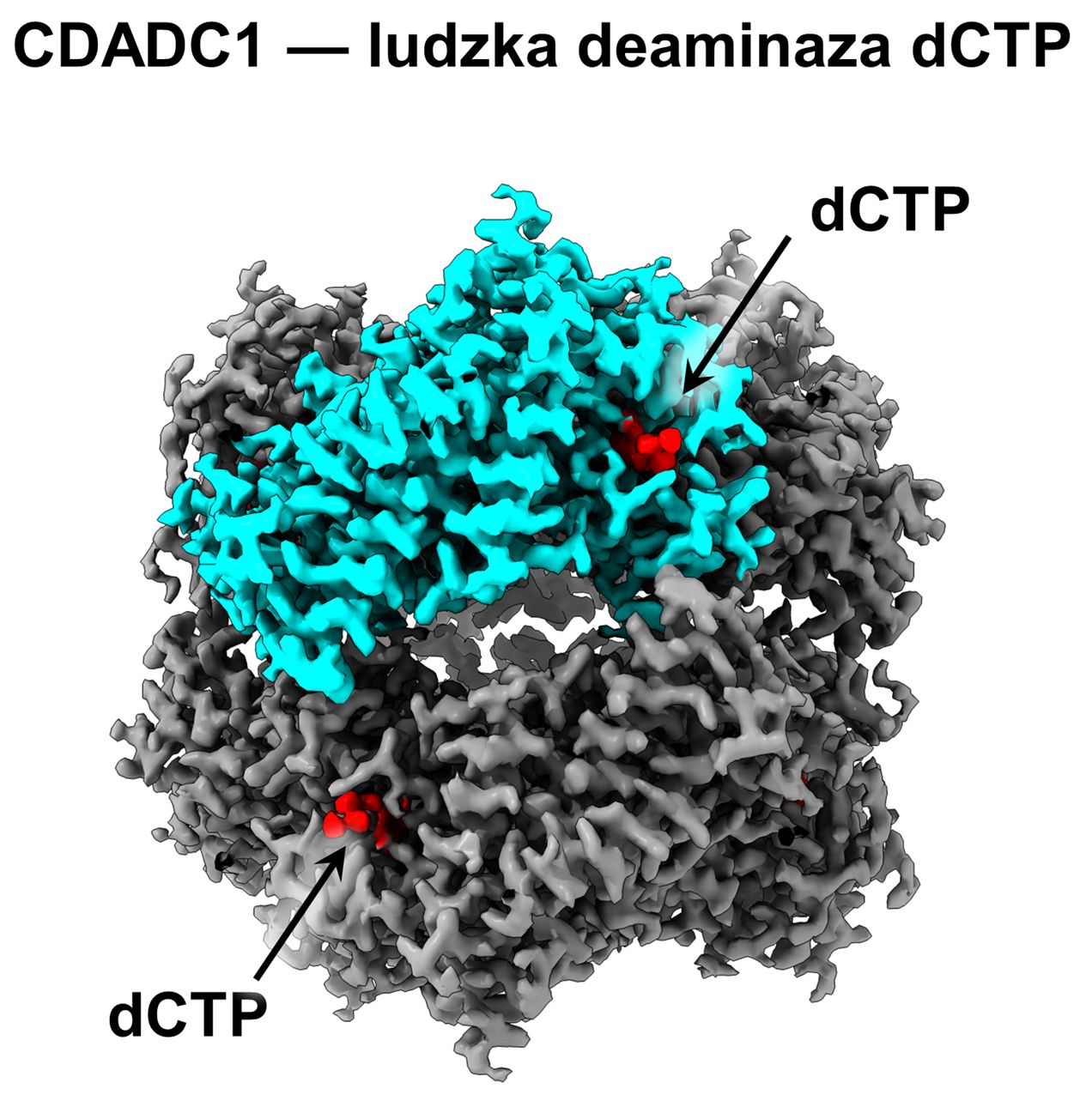
A team from a Warsaw institute has discovered a previously unknown mechanism for regulating the metabolism of nucleic acids, the cellular 'alphabet of life'.
In a publication in the prestigious PNAS, scientists from the International Institute of Molecular and Cell Biology (IIMCB) describe the action of the previously unknown enzyme CDADC1. This enzyme is involved in regulating the availability of nucleotides necessary for the creation of DNA and RNA, and its activity may be important for the proper course of genetic processes.
DNA, which is the basis of life, is found in almost every cell. The genetic information recorded in it can be used thanks to translation into the language of RNA. This in turn leads to the creation of proteins that build the entire organism and set it in motion.

DNA and RNA are made up of three common types of nucleotides: adenine, cytosine, and guanine (A, C, G). Additionally, DNA contains thymine (T), and RNA contains uracil (U). When a cell wants to copy DNA (for example, before division) or produce RNA (the DNA recipe needed to produce proteins), it needs special building blocks called nucleotides, which serve as material for creating new strands. Numerous reactions are constantly taking place in cells, in which one nucleotide is transformed into another. This process involves many enzymes, which together maintain the balance between the individual types of nucleotides. This is crucial for the proper course of genetic processes.
Although the structure and function of DNA have been intensively studied for decades, the metabolism of nucleotides has remained in the shadows for many years. Most of the knowledge on this subject dates back to the 1960s and 1970s.
The first author of the publication in PNAS, Anton Slyvka, PhD, from IIMCB, explains that the study of nucleic acid metabolism involves the analysis of the formation and transformation of nucleotides that build DNA and RNA.
„'Nucleotide metabolism is a classic field of biochemistry, intensively studied in the mid-20th century. Many key reactions and enzymes were discovered in the 1930s-1960s, and earlier studies on the components of nucleic acids paved the way to the discovery of the structure of DNA in 1953. Over time, nucleotide metabolism was considered to be largely understood, and the interest of scientists shifted towards molecular biology and genetics', Slyvka says.
Meanwhile, the research of the team from IIMCB goes back to the basics of nucleic acid biochemistry and shows the action of the enzyme deaminase CDADC1, which converts cytosine to uracil in the cell. Deamination is a reaction in which an amine group is removed from a molecule and replaced with an oxygen atom, which changes its properties. For example, cytosine is converted into uracil.
In order for nucleotides to serve as 'building blocks' for building DNA, they must first be converted to the triphosphate form (e.g. dATP, dTTP, dGTP, dCTP). The researchers show that CDADC1 is the first known example of deamination at the triphosphate level in eukaryotes, including humans.
It turns out that this previously unknown protein - CDADC1 - is common in vertebrate cells, from sharks to humans. And if a protein involved in DNA and RNA synthesis has not changed over hundreds of millions of years of evolution, it means that its role in the body is extremely important. The team from IIMCB decided to investigate the activity and structure of this previously unknown human deaminase. Scientists have indeed confirmed that this protein is involved in the metabolism of nucleic acids.

But that is not all. As part of the study, scientists bred mice lacking the active CDADC1 protein. It turned out that these mice developed normally - they were healthy and fertile, suggesting that the physiological role of this protein is still unclear. 'We studied mice in laboratory conditions, where the animal is not exposed to stress. It is possible that the importance of this protein is revealed only in stressful situations. Further research on the biological function of CDADC1 continues. In this work, we focused mainly on the biochemical and molecular basis of its action', Slyvka explains.
'More than 20 thousand proteins have been identified in humans, but the exact function of less than half of them is known', Slyvka says. Currently, research focuses mainly on proteins with known importance for health, because they have the greatest potential for practical application. 'Studying unknown proteins is risky, their function may be unimportant from the point of view of applications. Often, however, their significance is revealed only with time. In my opinion, learning about a new biochemical mechanism is a valuable contribution to science, even if its physiological role is not yet known. It is worth studying phenomena that are scientifically interesting, even if their usefulness is not always obvious', the researcher concludes.
PAP - Science in Poland, Ludwika Tomala
lt/ agt/













